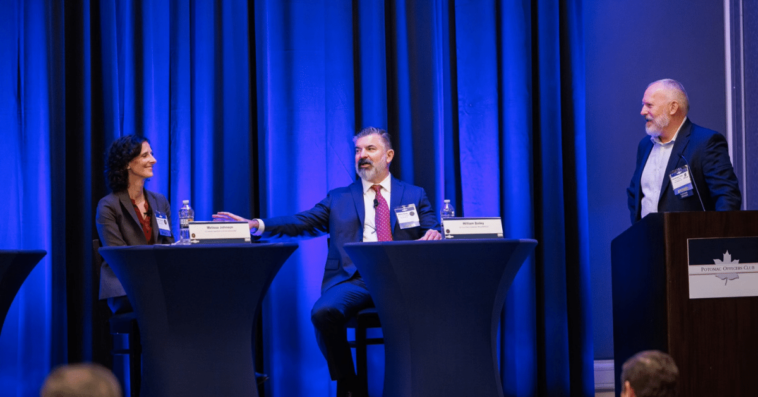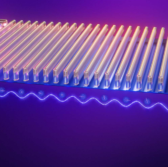The Department of Defense officials in charge of evaluating and acquiring new technologies are in search of tools that are exquisitely customized to their missions and needs. But they’re aware they can’t overstep with their involvement to the point that it stamps out industry’s innovation.

“The center of innovation does not reside at the Pentagon,” said William Bailey, director and program executive officer of the Air Force Rapid Capabilities Office, sharing that he is conscious that the breakneck speed of industry’s progress is not going to wait for a request for proposals or some of the traditional pathways of public-private partnerships.
“It’s clear that we need to approach this differently if we are really serious about accessing the national capacity for innovation…it’s [about] our ability to interact with you guys, understand how you guys are doing business so that we don’t, in the process, crush the innovation,” Bailey continued.
He spoke during a panel discussion on the innovation to implementation pipeline at Wednesday’s 10th Annual Defense R&D Summit, from the Potomac Officers Club. Browse upcoming events, like the March 5th Space Summit and the March 21st AI Summit!
Bailey’s fellow panelist, Melissa “Mojo” Johnson, an acquisition executive for U.S. Special Operations Command, believes that traditional processes like those done through the Federal Acquisition Regulation, the middle tier acquisition, or other transaction authorities can still yield innovative solutions at speed.
In order to avoid the government putting a “chokehold” on industry when they’re excited about a new technology in development, Johnson posited that “we ought to be able to utilize it and empower the teams at the lowest appropriate level. Let the [program managers] go do that without a lot of the oversight.”
Donald Kelley, fusion cell lead for the U.S. Marine Corps Systems Command, took a different tact. Kelley referenced his time establishing and leading the Ground Based Air Defense, or GBAD, program office. He said he and his team, rather than directly requesting a system to be built by industry partners, met with Marines, assessed their requirements and involved them directly with the integration process for NDI equipment components on the Marine Air Defense Integrated System trucks.
Bailey subsequently stressed that as little integration as possible is preferable when introducing new technologies.
During the panel, which was moderated by Ericsson Federal Technologies Group’s Christopher Yaw, Nokia’s Mike Loomis additionally discussed his company’s efforts beyond their signature handsets, including partnerships with the DOD on the Joint All-Domain Command and Control, or JADC2, initiative.
For a more in-depth perspective on JADC2 specifically, join the conversation at POC’s March 14 event, the Achieving Transformative Cooperation for National Defense Forum. This breakfast gathering is set to explore the future of JADC2, with DOD luminaries like U.S. Central Command’s Schuyler Moore and Defense Threat Reduction Agency’s Dr. Rhys Williams explaining what they need to enable seamless sensor-to-shooter connectivity. Register here now!






